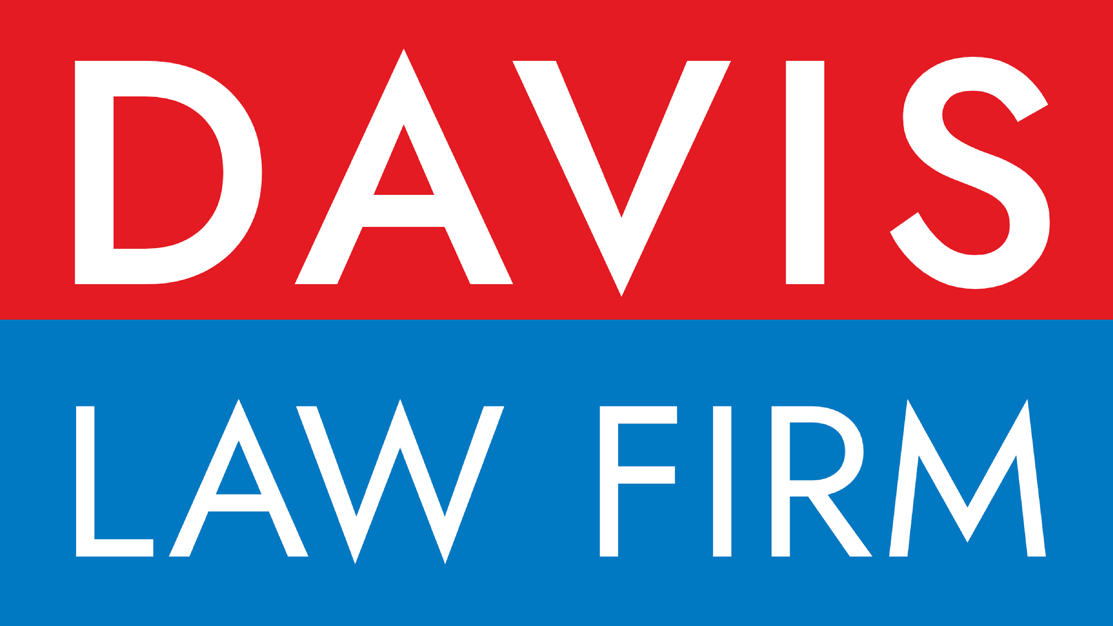That above headline query is guaranteed to turn off just about anybody this time of year, right on the cusp of the winter holidays and just when many consumers in Texas and nationally are actually taking on additional debt for gifts and other purchases.
And, yes, it’s virtually a thumbs-down inquiry at any time of the year, and a real headache for many people who do indeed face daunting financial challenges stemming from multi-sourced payment exactions.
Many people are fortunate enough to deal with both their outstanding credit card debt and medical bills without much of a problem, but that select group is far from being all-encompassing. Moreover, it doesn’t often contain individuals who suddenly find themselves facing medical bills from entirely unforeseen circumstances.
When it comes to a one-or-the-other choice, states a media article focused upon debt payment strategies, look first at driving down the balance on your credit card bill. Of course, you need to attend to that medical bill, as well, but a recently released FICO model reportedly assures debtors that medical debt in arrears is likely not as damaging as is the case with credit card debt that is past due or in collection status.
The above-cited article offers a few common-sense tips for dealing with troublesome debt. For starters, it suggests that a strapped consumer consider a balance transfer to a low-percent card — preferably a zero-percent offering for a stated period. Then work with that.
Concurrently, look for billing mistakes on your medical bills, or at least try to negotiate the amount with the care provider billing office.
And don’t forget this: Given that both medical and credit card debt can be discharged via bankruptcy, it might be a good idea to consult with an experienced debt-relief attorney. A Chapter 7 bankruptcy filing often turns out to be an optimal strategy for some consumers trying to shed insuperable debt amounts.
